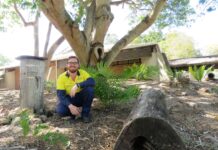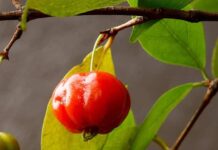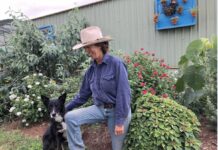In a bid to rid yards of undesirable pest plants, Bundaberg Regional Council is urging residents to join in on the Help stop the spread, plant natives instead program.
Land protection officers will be at Hinkler Shopping Centre on Thursday to spruik the program, which is a win-win arrangement for residents, the environment and Council.
In consultation with Bundaberg Landcare, Council staff have identified nine pest plants that are prolific throughout the region’s urban gardens.
Under the program, residents can register their interest in participating and, after removing an established plant on the targeted plants list, will receive a token redeemable for one native plant at the Bundaberg Landcare nursery.
The targeted species, introduced to Australia and historically sold as ornamental garden plants, are regarded as highly invasive.
They can be spread by birds, illegal dumping and heavy water flows.
They then thrive and, when not controlled, out-compete native plants. Once they have spread, they can be difficult to control.
Targeted plants list
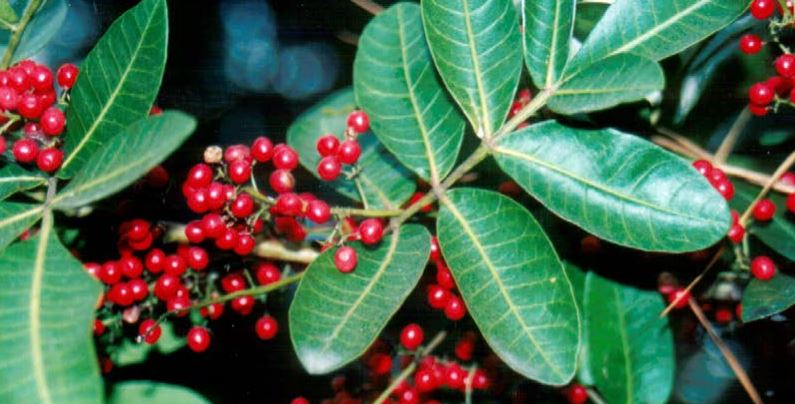
Broad-leaved pepper tree: These trees can form dense thickets, shading out pasture and choking out other native species. Pepper trees have been found in various habitats from mangrove forests to coastal sand dunes.
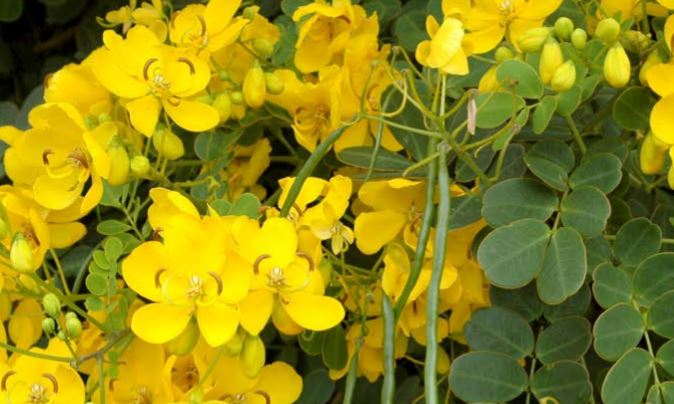
Easter cassia: produces seed pods which are filled with black seeds that germinate readily and remain viable for up to 10 years.
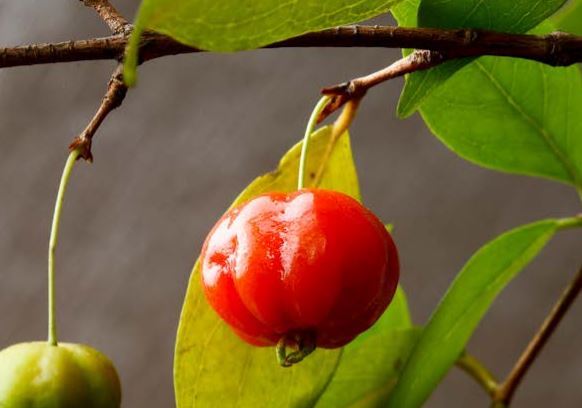
Brazilian cherry: can form dense thickets which out-competes native vegetation and prevents seeding of native species allowing many other invasive species to invade.

Yellow bells: can form dense stands which out-compete native vegetation and prevent seeding of natives, reducing available habitat for native animals.
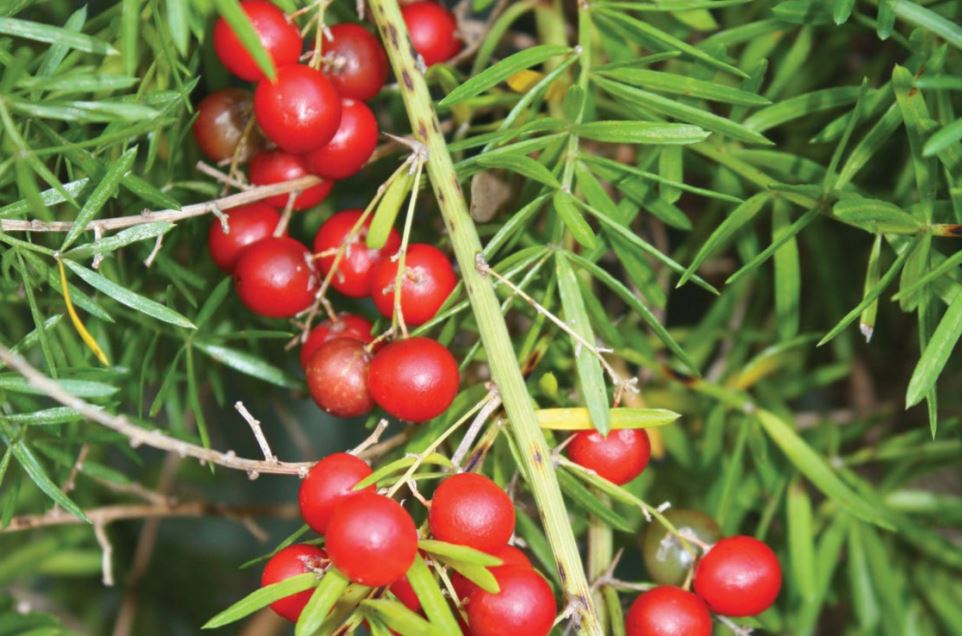
Asparagus fern: competes with native ground cover and under-storey plants by forming dense infestations that smother other species and prevent their germination and establishment.

Black-eyed Susan: can smother native vegetation if it spreads into native bushland. It is a long-lived vine growing up to five metres in height.

Captain Cook tree: has become a highly invasive weed in parts of Queensland, especially along creek systems.
If left uncontrolled, Captain Cook tree can threaten sustainable pasture production and the environment.

Guava: known to form dense stands, and its seeds are distributed by birds, mammals, livestock and people.
The yellow guava is host to the papaya fruit fly in north Queensland. This makes removal and control of yellow guava a high priority.
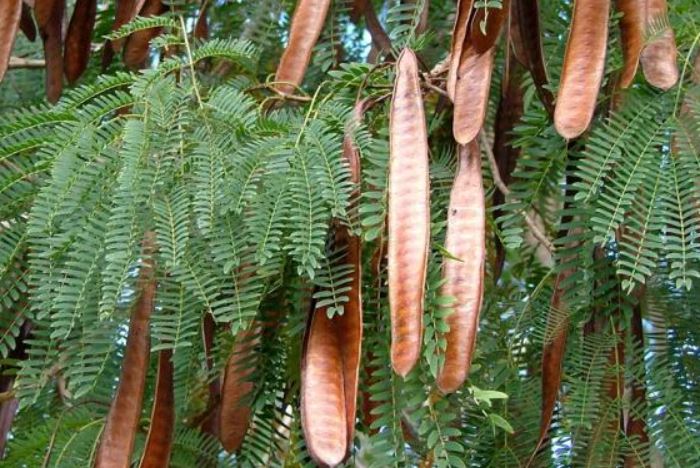
Leucaena: has been seen to invade many disturbed sites and creek lines and may have suppressed the regeneration of native species.
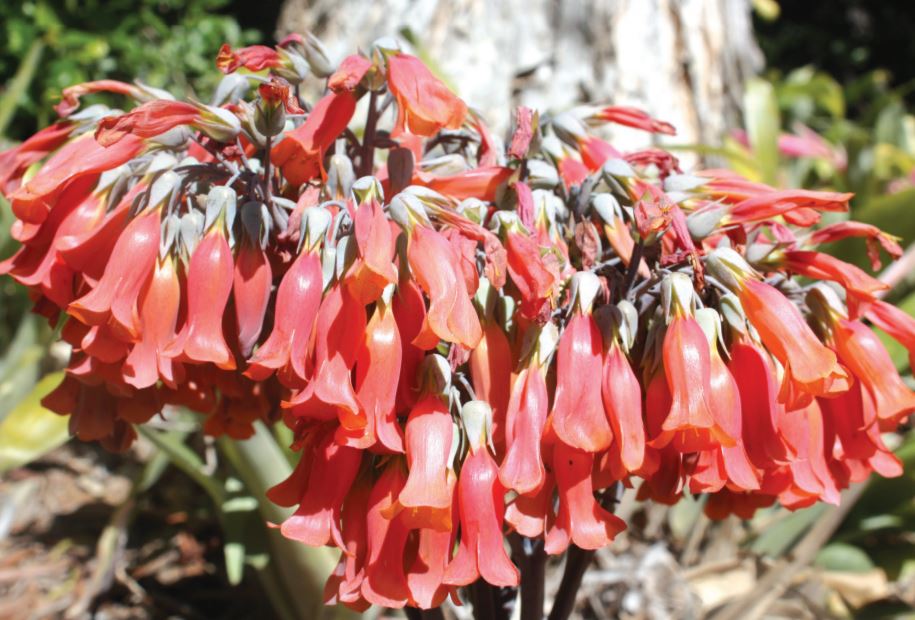
Mother of millions: are poisonous to stock and occasionally cause a significant number of cattle deaths. The plant flowers from May to October (during the drier months of the year) and the scarcity of feed at this time may cause cattle to consume lethal amounts of mother-of-millions.
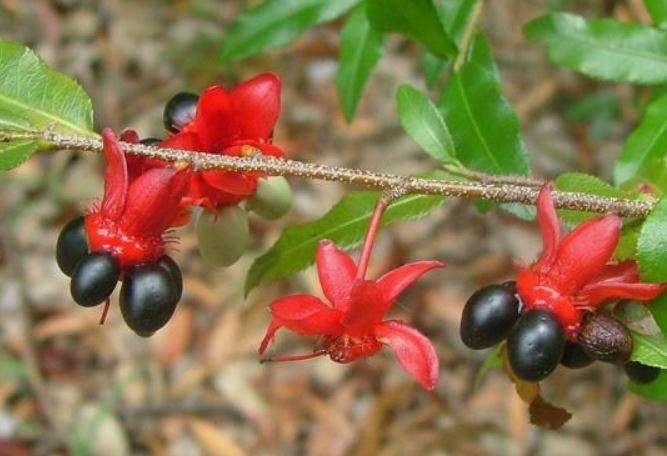
Ochna: is a significant environmental weed in Queensland. The plant reproduces mainly by seed and the brightly coloured fruit are readily eaten and dispersed by birds and other animals.
Which native plants will be offered as replacements?
- Lilly Pilly Syzygium
- Tulipwood Harpullia perndula
- Tuckeroo Cupaniopsis anacardiodes
- Weeping Lilly Pilly Waterhousia floribunda
- Grevillia Grevillia
- Grey Myrtle/Cinnamon Myrtle Backhousia myrtifolia
- Ivory Curl Tree Buckinghamia celsissima
- Bottlebrush Callistemon
- Crows Ash/Australian Teak Flindersia australis
Upcoming plant swap stalls
Land protection officers will be at Hinkler Shopping Centre on Thursday 28 February.
They will also be at Apple Tree Creek on Saturday, 9 March.
Anyone interested in participating in the Help stop the spread, plant natives instead program can contact Council’s land protection team on 1300 883 699 to arrange an inspection and identification of targeted environmental weeds on their property.
- Other news: Illegally kept turtles given new homes

